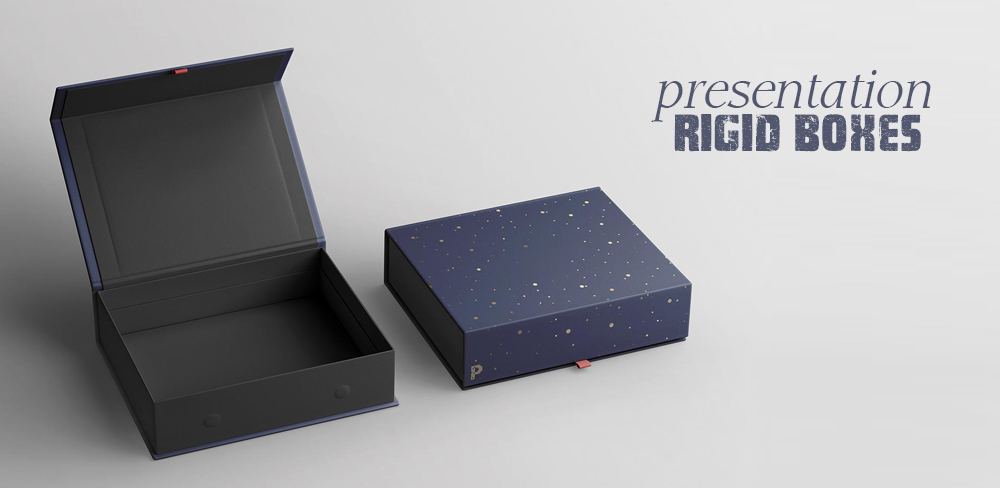The living room is the heart of your home, a place where comfort meets style and functionality. Choosing the right color for this space is more than an aesthetic decision—it’s about creating an environment that reflects your personality and supports the mood you want to cultivate. Color psychology plays a crucial role in this process, influencing how we feel and behave in a space. Here’s an in-depth guide to help you navigate the world of colors and find the perfect palette for your living room.
Understanding Color Psychology in Interior Design
Colors are powerful tools that can shape the energy and atmosphere of a space. They evoke emotions, set moods, and even impact our behaviors. In your living room, the right color choice can enhance relaxation, encourage social interaction, or add an energizing touch.
The Impact of Warm Colors on Mood
Warm colors like red, orange, and yellow are associated with energy, warmth, and enthusiasm. These shades can make your living room feel cozy and inviting, perfect for spaces meant for family gatherings or entertaining guests. However, because they are stimulating, too much of these colors can feel overwhelming. Using them as accent hues or pairing them with neutral tones helps maintain balance.
The Calming Effects of Cool Colors
Cool colors like blue, green, and purple have a soothing effect, making them ideal for living rooms intended for relaxation. They bring a sense of calmness and can make a space feel more spacious and tranquil. Soft blues or greens, in particular, are great for fostering a serene environment, while deeper purples add a touch of luxury and sophistication.
Assessing Your Living Room’s Natural Light and Space
The way a color appears in your living room is heavily influenced by its size and the natural light it receives. Understanding these factors will help you make a more informed decision.
How Lighting Influences Color Perception
Natural light can drastically change how a color looks in your space. South-facing rooms, which receive warm light throughout the day, can enhance warm tones, making yellows and oranges look brighter. In contrast, north-facing rooms often have cooler light, which can make colors appear dimmer. This means blues and greens might feel more subdued in such spaces. Artificial lighting also plays a role, with warm light bulbs enhancing yellows and reds, while cooler bulbs bring out blues and greens.
Choosing Colors for Small vs. Large Spaces
If your living room is small, lighter shades like whites, creams, or pastels can make it feel more open and airy. Conversely, larger living rooms can handle darker colors like navy blue or charcoal gray, which add depth and coziness. For spaces with high ceilings, bold colors can create a more grounded, intimate feel.
Aligning Color Choices with Desired Ambiance
Your living room’s color palette should align with the mood you want to create. Whether it’s a cozy retreat or a modern, vibrant space, the right colors can bring your vision to life.
Creating a Cozy and Inviting Atmosphere
For a warm, welcoming vibe, consider neutral tones like beige, taupe, or warm gray as your base color. Pair these with accents in rich colors like terracotta, burgundy, or mustard yellow. These combinations create a layered look that feels inviting and comfortable, perfect for evenings spent with family or friends.
Designing a Modern and Energizing Space
If you’re aiming for a sleek, contemporary vibe, opt for a monochromatic palette with pops of bold, vibrant colors. Cool neutrals like gray or crisp white can act as your base, while teal, emerald green, or even a bright coral can serve as eye-catching accents. This approach creates an energizing atmosphere that feels both modern and dynamic.
Incorporating Personal Style and Existing Décor
The color of your living room should complement your existing furniture, accessories, and personal taste. This ensures your space feels cohesive and uniquely yours.
Harmonizing Colors with Furniture and Accessories
If your furniture or accessories are already colorful, choose a wall color that enhances them rather than competes with them. For example, if you have a vibrant blue sofa, consider painting your walls a soft gray or beige. Alternatively, if your furniture is neutral, you have the freedom to experiment with bolder wall colors.
Using Accent Colors to Reflect Personality
Accent colors are a great way to showcase your style. Incorporate them through throw pillows, rugs, curtains, or artwork. These elements are easy to switch out, allowing you to update your living room’s look without repainting the walls. Whether you love earthy tones or prefer vibrant pops of color, accents can reflect your personality while tying the room together.
Testing and Finalizing Your Color Selection
Choosing a color is a commitment, and testing it in your space can save you from costly mistakes.
Sampling Paint Colors Before Commitment
Before painting the entire living room, test your chosen colors by painting small swatches on the wall. Observe how they look at different times of the day under varying lighting conditions. This step ensures the color complements your space and aligns with your vision.
Considering the Room’s Functionality and Flow
Think about how your living room connects to adjacent spaces, such as the dining area or hallway. Consistency in color schemes creates a cohesive flow throughout your home. While each room can have its personality, coordinating the palette ensures a harmonious transition between spaces.
Conclusion
Choosing the perfect color for your living room involves a mix of science and personal preference. By understanding the psychological effects of colors, assessing your space and lighting, and aligning your choices with your desired ambiance, you can create a space that’s both functional and beautiful. Testing your color selections and incorporating your personal style will ensure the room truly feels like home.
Your living room is where life happens—make it a reflection of your personality and a haven for relaxation, connection, and joy.


